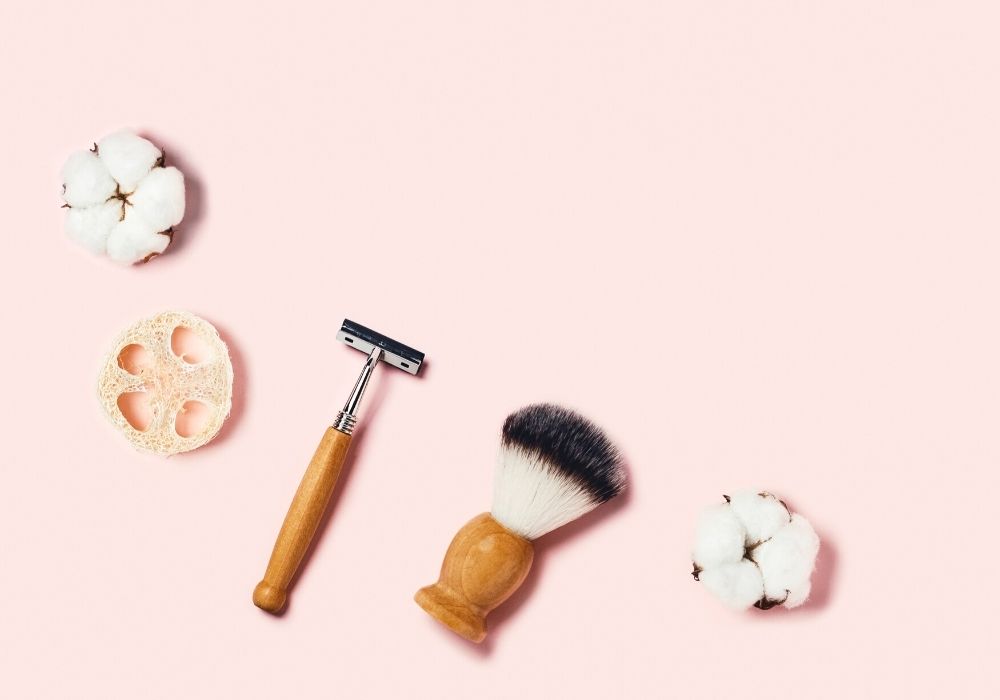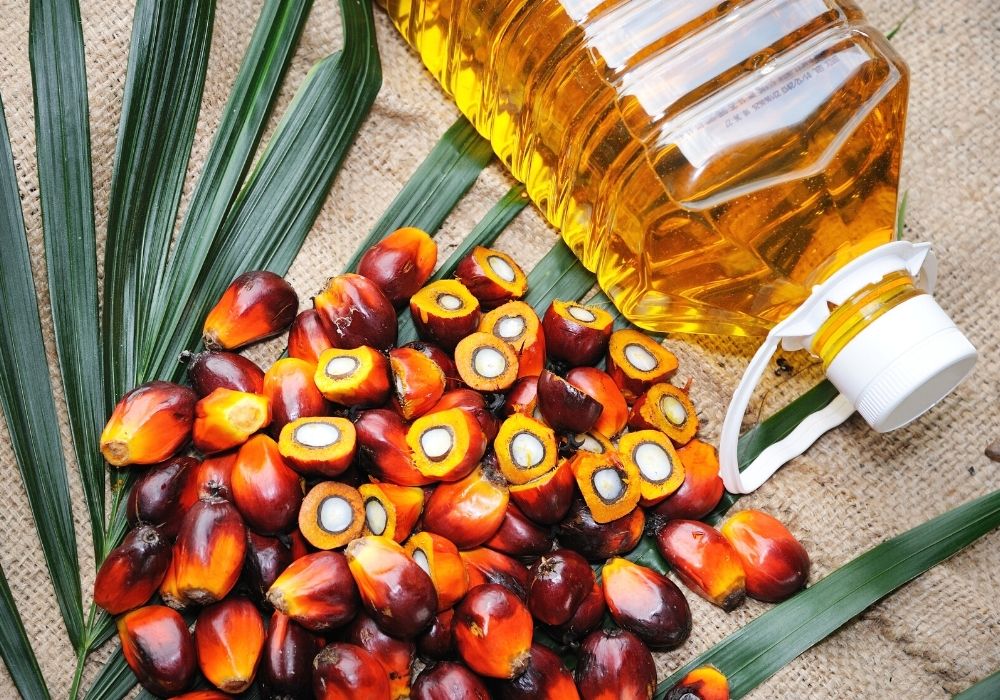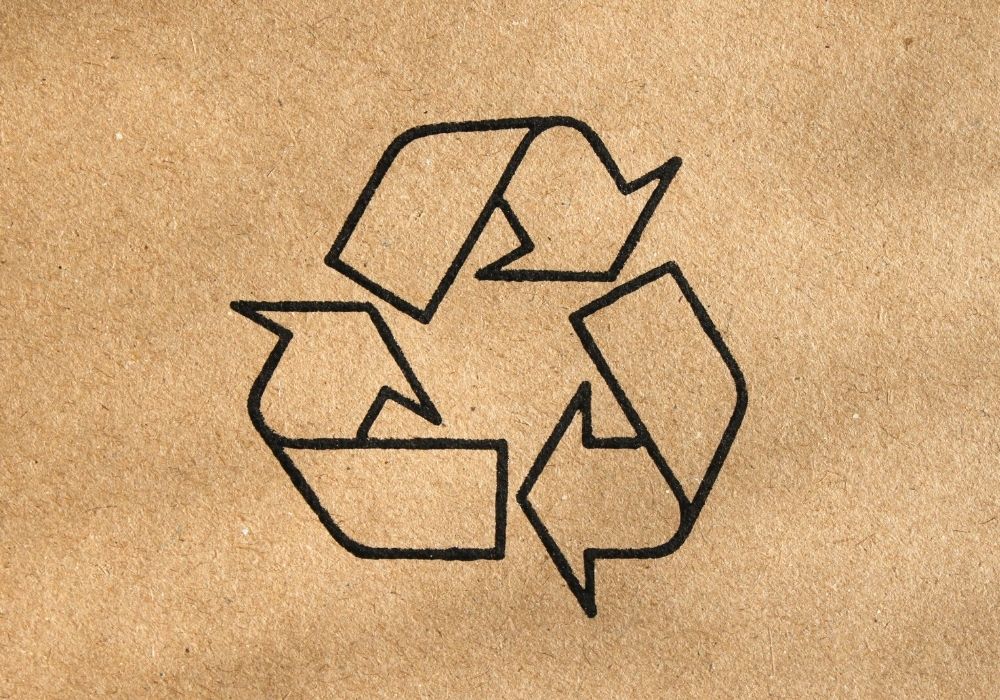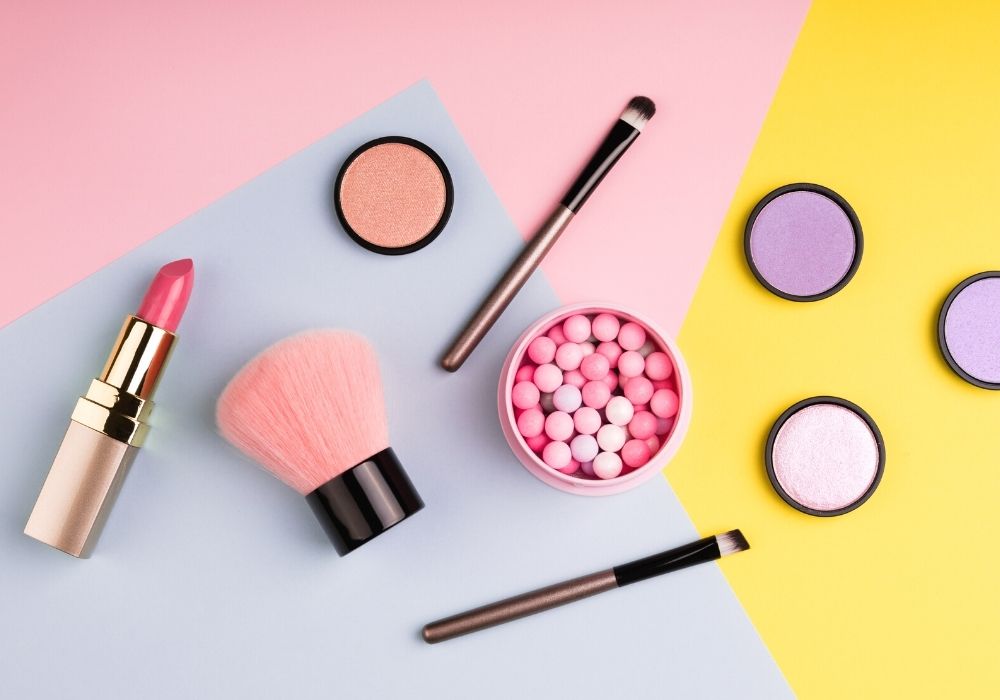Come on; we know you’re no stranger to ethical consumerism. Y’know—that whole practice of activism where you shop sustainably and boycott fashion brands (ahem, Dolls Kill) that exploit workers, test on animals, or harm the environment? Yeah, that.
With how socially-conscious society has become, it’s no surprise that the trend is gravitating towards the beauty industry. Enough with the greenwashing, we say! It’s time for brands to practice what they preach.
Buckle up and get ready to ride the wave that is conscious beauty.
|
Table of Contents |
Rise of the Conscious Consumer

Have you ever wondered why there’s such a demand for sustainable products nowadays? No, seriously. Have you? It’s honestly all thanks to our rapid transition into a socially-responsible society.
As society progresses, so does our collective conscience to become better human beings to the earth and others. Why, you ask? Because of ‘wokeness.’ And trust us, that’s a good thing.
To be woke is to be politically aware of social and racial justice issues for the better of the world we live in. Gen Z and younger millennials tend to make up the demographic of woke individuals, who, in turn, influence the responsible global market with their activist voices and actions (hello ‘Woke’ Twitter). Don’t believe us? Facebook found that 68% of young adults expect brands to be ethical.
Said individuals (and hey, that may be you) value what brands stand for and want to look and feel good without possessing a guilty conscience about who or what they’re supporting. Which is why transparency is critical for brands to gain modern consumers’ trust and loyalty.
And DKSH totally gets it; people care about “how products are made, what ingredients are used to make them, where the ingredients come from, how the products are packed and whether they carry any possible long-term effects on health and wellbeing.”
To top it off, we as consumers are now able to pressure brands to influence positive change in what they produce, thanks to direct communication channels like Instagram, Twitter, and Facebook.
Just so you can picture just how big of a market social media provides brands with—statistics from 2019 show that there are 3.5 billion users worldwide, with them spending an average of about 3 hours on such platforms per day. This gives brands the freedom and advantage of marketing and communicating directly with their audiences.
Conscious Beauty: What is it?

But enough of the dry stuff. Just what exactly makes a beauty brand conscious? We’re going to be honest, from brand to consumer. It’s easier for the beauty industry to get away with a lot more things than that of fashion.
Ever heard of greenwashing? In short, some beauty brands that may hide behind tactful words and call themselves ‘green’ when they really aren’t—ugh, shocking, right?
And quite frankly, it’s way easier to expose unethical production in fashion than it is to scrutinize the whole process of developing makeup and skincare. Thus, the need for conscious beauty products.
As conscious beauty is still an ongoing trend, there is no set definition for the term. It’s a mix of good beauty and healthy beauty. Good beauty consists of authentically-made and socially responsible products, while healthy beauty refers to consumers’ personal health goals using information found online.
We’re pretty sure the beauty industry will see a spike in the number of conscious beauty products in the near future. And that’s because modern consumers (such as yourself) are more willing to pay 6% more for sustainable products and support brands that align well with their personal values.
Statistically speaking, 66% of global consumers are willing to pay more to support ethical brands, with 64% of them more likely to recommend these companies to friends and 63% expected to try products from said corporations.
Conscious Products: What to look out for?

Okay, we’ve come to the part you’ve all been waiting for. What constitutes a conscious product?
Summarizing sustainablejungle’s and ELLE’s criteria to form our comprehensive guide, we’ve determined that it all comes down to the brand’s ingredients and how ethical its business practice is.
5 Ethical Ingredients
1. Cruelty-Free

Of course, conscious products have to be cruelty-free. One of the fundamentals of going conscious is to be actively aware of the damage you create for other lifeforms (basically, animals). And newsflash, animal testing is a big no-no in the world of ethics.
Thankfully, you can rely on labeling and certification to determine what products are animal-friendly. Such certifications include Leaping Bunny, Beauty Without Bunnies, and Choose Cruelty Free (CCF), to determine the extent of a brand’s cruelty-free status. Proof is everything and actively looking out for these certifications on your favorite ‘green’ products is an excellent way to start your journey to sustainability.
2. Vegan

Vegan, vegan, vegan, it’s all anyone ever talks about nowadays. But did you know that the label ‘vegan’ doesn’t necessarily mean cruelty-free? We know, it’s so strange.
Some vegan brands get away with using animal products such as collagen, gelatin, lanolin (wool wax), silk, pearl, milk protein, glycerin (animal fats), ceraalba (beeswax), and guanine (fish scales) in their products. And to make matters worse, some even conduct animal testing on their products. We know! How ironic, huh. So just be careful when choosing the vegan brands you intend on supporting.
Aside from this, vegan ingredients still make up the criteria for conscious products and are popular amongst cosmetics users worldwide. Fact.MR predicts that the market for vegan beauty products is expected to bloom in the coming years due to the “ever-growing consumer aversion to animal products on account of environmental- and ethical-led reasons.”
3. Organic

We all know au naturel is the way to go. And this means abstaining from products that use harmful chemicals like man-made fertilizers, pesticides, genetically modified organisms (GMOs), and herbicides.
Such organic-farmed products are regulated by organizations such as the NaTrue, The Soil Association, and FDA, where they will evaluate brands for the entirety of their production and certify them ‘organic’ if they contain a certain percentage of organic matter in them.
The demand for organic vegan products is also likely to grow through 2028, according to Fact.MR, due to consumers’ higher interest in “beauty products with natural claims.”
4. Palm Oil Free

Yes, palm oil is bad for the environment. As vegetable oil demand remains high, the constant sourcing for said oil does more harm than good for ecosystems in tropical regions, like Indonesia and Malaysia.
There are honestly so many repercussions to satisfying the huge demand for palm oil. Such include deforestation and burning of forests to make way for palm oil plantations and the violent killing and removal of orangutans’ habitats. We repeat, the killing of orangutans! Independent even found that a whopping 90% of orangutan habitats are being destroyed because of this.
Ergo, the less we demand palm oil in our products, the better.
5. Coral Reef Friendly

58% of coral reefs are at risk of harm by human impact. And how does this happen, you ask? By simply using our daily cosmetics and skincare products.
Our everyday sunscreen, cosmetics, and soaps often contain chemicals such as benzophenone-2, oxybenzone, octinoxate, and parabens that are toxic to coral reefs and marine life. Once contaminated, corals can expel significant algae that give them life. In turn, killing them and affecting the current ecosystem that we know and love.
If you’re actively trying to avoid such products, look out for reef-safe labels, such as the Haereticus Environmental Laboratory’s Protect Land+ Sea certification on bottles.
8 Sustainable Business Practices
1. Ethical Sourcing

Before brands can even consider themselves sustainable, they have to ensure that their practices are ethical from the start. And that includes active, socially-responsible sourcing for ingredients and employees.
Why is this important? It shows that the company cares about providing safe and fair working environments for its employees and securing raw materials and ingredients that are paid for fairly and sustainably.
2. Supply Chain

Which brings us to supply chain management. What does it mean to have an ethical supply chain, and how hard is it for companies to achieve this? The answer is very.
There are only 19 (yeah, you heard us) international beauty products that have attained this certification. For them to obtain this, they need to pass the following checklist: ‘freedom of employment and association, eradication of child labor, safe and hygienic working conditions, appropriate pay and working hours, humane and non-discriminatory treatment, anti-bribery and corruption, and environmental awareness.’
Truthfully, it’s not feasible for companies to invest in an ethical supply chain. A lot of time, effort, money, and resources have to be actively considered before being awarded this title.
3. Carbon Footprint

Do you know if your favorite brands contribute to global carbon emissions? No? Neither do we.
Although it is hard to figure this out, The Carbon Trust is currently working on a carbon label criteria to help conscious consumers find brands that leave smaller carbon footprints in the world. Said criteria might include carbon emissions released from “resources, manufacturing, transportation, distribution, retail, use and end of life.”
4. Recyclable Packaging

Reduce, reuse, recycle.
When it comes to sustainability, we tend to forget about how eco-friendly their packaging is. Enough with unnecessary packaging turned waste, it’s about time we supported products that partake in recycled packaging.
This can come in the form of compostable packaging or requesting for consumers’ to use their own. Recyclable packaging can also refer to packaging that’s made out of recycled materials.
Toluna ran a study on this and found that 34% of their respondents believe that eco-friendly packaging will continue to grow over the years. They also predicted that manufacturers would boycott foam packaging (42%), single-use drink containers (39%), and plastic rings (35%) over time.
5. One or All?

Here’s a tricky factor to consider when it comes to sustainable products (yes, we know there are many). Are all of the brands’ products eco-conscious, or is it just the one?
In this case, labels are essential to determine whether a brand is universally committed to conscious beauty. One example of this is Cradle to Cradle, one of the certifications awarded to brands for individual sustainable products.
6. Truthful

Do you trust your brand? Do you trust what they promise?
As mentioned before (we hope you’ve been paying attention), beauty brands are good at fooling consumers with nice words. Good advertising and marketing can twist words and mislead you into believing what you’re supporting are 100% ethical when they’re really not.
The best way to avoid this is to fact-check and read reviews by beauty experts. It also helps to self-educate on skincare terminology and ingredients to make sure you avoid buying into false advertising.
7. Diversity

We’re all for diversity, and so are you (we hope).
For the longest of times, the beauty industry has been devoid of inclusivity. Two of the most prominent examples of this are the lack of dark shades in makeup foundations and standardized hair care products catered to European hair textures only.
Another way to examine diversity is to observe the ratio of race in the workforce. Companies should not discriminate based on skin color or race, and inclusivity comes from within. Thus, how can brands preach about diversity when they themselves are not?
8. Charity

Lastly, we have the brands that make it a point to give back. It’s always great to partake in charitable consumerism, just knowing that your contribution goes a long way post-capitalism. This can be seen when brands dedicate a percentage of sales towards a mission they care for the most.
How to Go Conscious

Actions speak louder than words, so let’s put what we’ve learned to the test. If you want to take the first step to become a conscious consumer, we’re here to help you every step of the way.
The first thing you can do is comb through your current makeup and skincare belongings to rid yourself of any products that don’t make the sustainability cut. Yes, this will hurt (speaking from experience). If you’re not ready to do a complete Marie Kondo, take baby steps instead. Try to get rid of at least one unethical product per month.
Remember to look out for products that contain the toxic ingredients we’ve mentioned before, or the ones that don’t include the labels and certifications you’d want on your sustainable products.
Once you’ve done this and created space for newer replacements, do your research and find products that fit the conscious beauty criteria. You can do this by visiting beauty blogs or doing a simple google search for brands that practice sustainability. And when you’ve found the products you want, simply purchase them, and you’re one step closer to being a social-responsible consumer.
There are also apps—EWG.org’s Skin Deep app, Skin Ninja, and Think Dirty, to help you determine and monitor how ethical brands are. All you have to do is scan the product’s barcode on the app and get the necessary information you need to determine whether you want to invest in it.
They also allow you to learn about individual ingredients present in the products you’re searching for and are listed by toxicity levels for convenience. They will also enable you to add products not listed within the database so that you can help others who may be searching for the same product in the future.
Dilemma: Accessibility and Restrictions

As easy as it seems for you to go full-on sustainable, there are still certain restrictions about conscious beauty that we’re not going to lie to you about. We’re aware that some moral factors affect buyers’ and sellers’ ability to purchase and provide said products.
And we’ve narrowed it down to four main factors: price, convenience, functionality, and look. Here lies the moral dilemma, ladies and gentlemen.
1. Price

With conscious beauty comes higher production costs and, thus, higher prices to support sustainability. Who’s to say we can all afford to support conscious brands consistently?
Here’s a brief rundown of what will go on behind the scenes of ethical production; investing in longer employee hours to ensure thorough screening of ingredients, payment of expensive sustainable packaging, sourcing for premium ingredients and resources, investing in research and development, and lastly, manufacturing locally.
As the consumer, you will have to accommodate for the additional costs it takes for brands to adopt sustainable practices. That is, after all, the price to pay for ethical consumerism.
2. Convenience

Conscious beauty products will also take longer to produce due to the sourcing of more hard-to-find ingredients and recyclable or sustainable packaging. How would that be convenient if you were looking to replace a skincare product at the last minute, for example? Wouldn’t it be more convenient if you were to go down to your nearest Sephora to test out ready-to-buy products and purchase them on the day itself?
3. Functionality

One of the most critical factors to consider is functionality. How is one to know that conscious products work as well as products that are chemically formulated to give you the desired result you want? What if you’ve already found a product that suits your skin, but realized it isn’t ethical? Would you give that up to test out a range of products out there and restart the whole process of finding a new product that works for you?
Conscious brands are also restricted to the types of ingredients and materials to use when formulating products to provide the same efficacy as before. The sad reality is that you might end up spending more on something that offers lesser results.
4. Look

Much like functionality (let’s face it), physical results are important to users. With the restriction of ingredients and materials, a conscious brand is allowed to use; it’s hard to create pretty products compared to a brand that has access to things like artificial coloring.
This is especially the case with makeup. How can a brand produce more shades in their foundation range, for example, if they do not have access to sustainable artificial coloring? Is there even such a thing as sustainable artificial coloring?
We won’t be surprised if it’ll take a while before everyone’s on board with conscious beauty. Harvard Business Review agrees, with 65% of their respondents saying that even though they wish to buy purpose-driven brands that advocate sustainability, only about 26% end up doing so.
It’s real food for thought. Would you sacrifice what you have now to go full-on conscious? Or would you take it step by step? Would you change your current beauty routine? Is it even worth it? We’ll leave you to it to decide.














